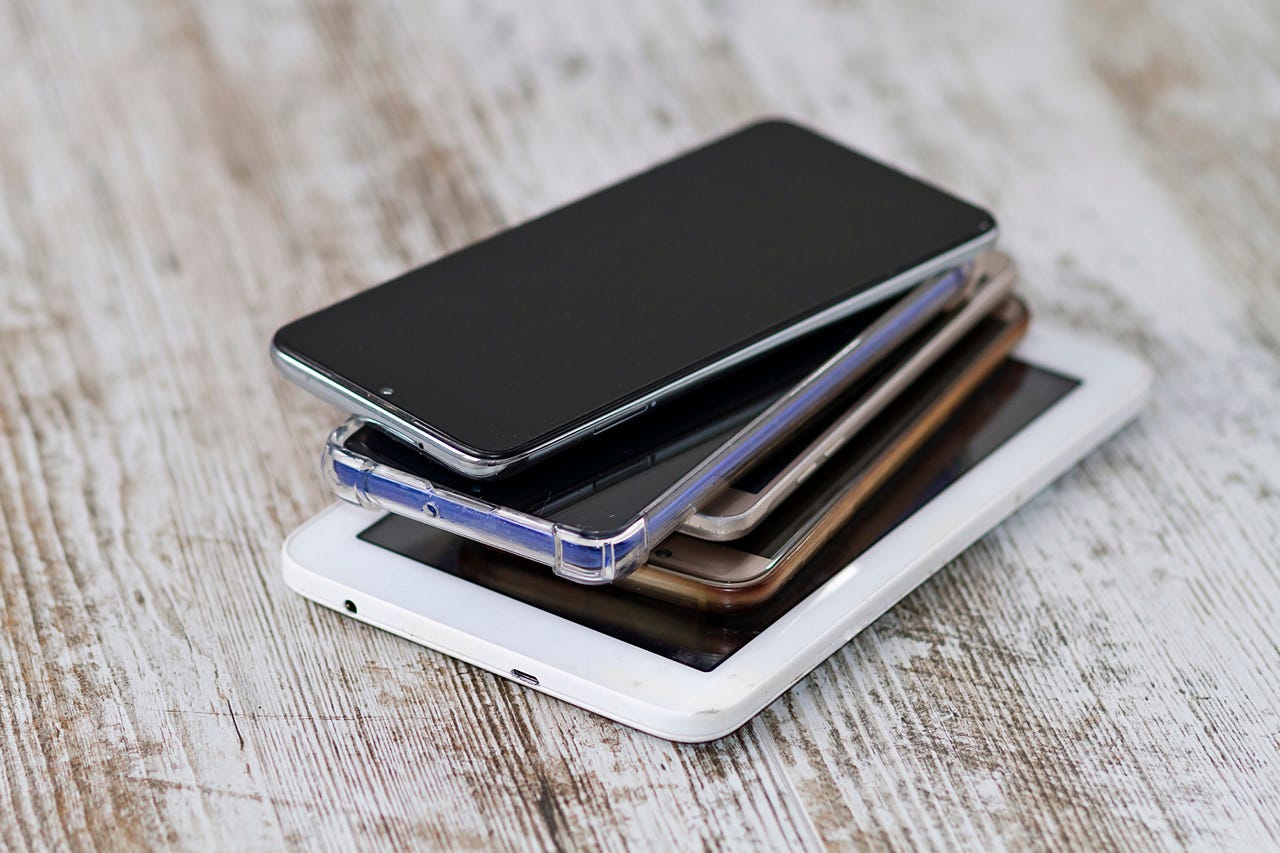































 Getty Images/ondacaracola photography
Getty Images/ondacaracola photography The continuous, unrelenting upgrade cycle means that every few years we end up with an old smartphone or tablet. An aggressive upgrade timetable, combined with high reliability, means we often end up with perfectly functional devices collecting dust.
Some people exchange them, with Apple offering credit towards new purchases. Others pass them down to family members and friends. And then some throw old devices into their 'just in case' tech drawers. I know from experience that it's handy to have a backup phone or tablet, you know, just in case something happens to my daily device. I rarely need it, but it's there -- just in case.
Also: The best phones you can buy right now
We all know that lithium-ion batteries truly are an amazing invention. They hold an incredible amount of power, are very safe, and don't ask much in care in return for several hundred discharge cycles of life.
However, if you just chuck your presently unwanted device into a drawer -- and it's going to be there for a few months (or possibly years) -- then you might not be doing your battery any favors.
Also: 7 things you didn't realize your phone can do
To ensure your backup device is ready when you need it, you'll need to store it properly. Apple has information on long-term storage of its products, which consists of four steps:
 Etiquetas calientes:
Nuestro proceso
Casa y oficina
Etiquetas calientes:
Nuestro proceso
Casa y oficina